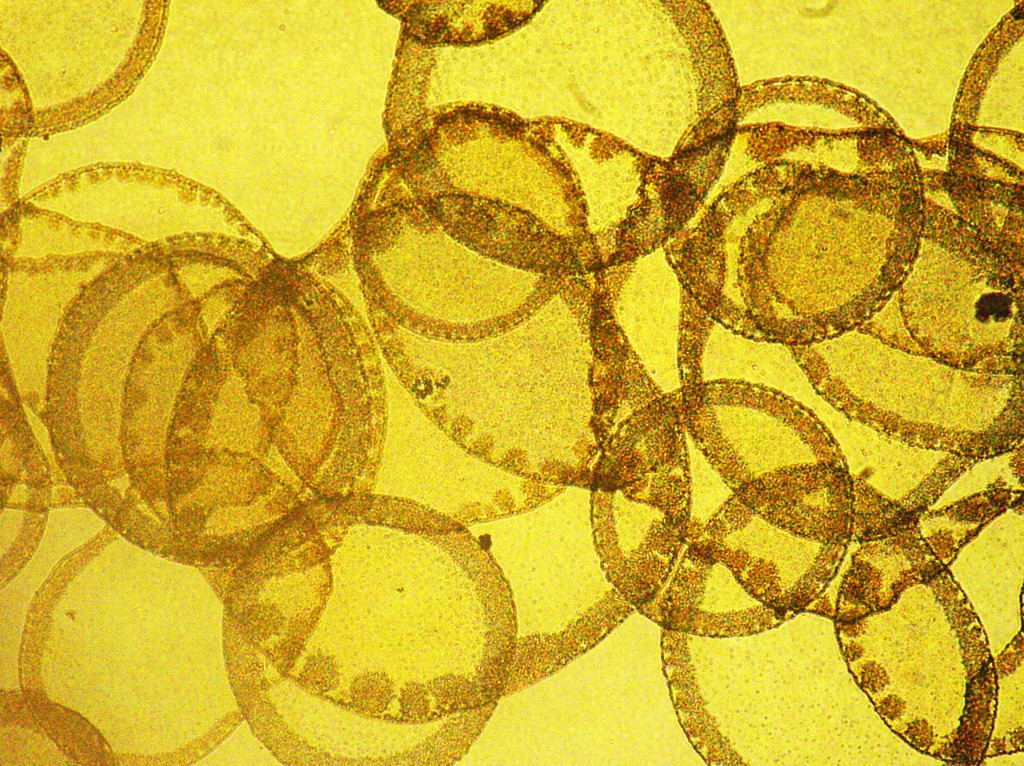NANOSYSTEMS: PHYSICS, CHEMISTRY, MATHEMATICS, 2017, 8 (5), P. 670–676
Revisiting preparation routes of SERS materials
A. A. Semenova – Lomonosov Moscow State University, Faculty of Materials Science, Lenin Hills, Moscow, 119991, Russia
I. A. Semenova – Institute of Physical Materials Sciences of Siberian Branch of the Russian Academy of Sciences, Buryatia Republic, Ulan-Ude, 670047, Russia
A. P. Semenov – Institute of Physical Materials Sciences of Siberian Branch of the Russian Academy of Sciences, Buryatia Republic, Ulan-Ude, 670047, Russia
E. A. Gudilina – FSBI “N. N. Blokhin National Medical Research Center of Oncology” of the Ministry of Health of the Russian Federation, Moscow, 115478, Russia
E. A. Goodilin – Lomonosov Moscow State University, Faculty of Materials Science, Lenin Hills, Moscow, 119991; Kurnakov Institute of General and Inorganic Chemistry of the Russian Academy of Sciences, Moscow, 119992, Russia; goodilin@yandex.ru
For the first time, a systematic study of a background noise to signal ratio is given for various preparation histories of consolidated silver nanoparticles and artificially prepared nanostructures to rate the best and the worst routes of deposition of surface-enhanced Raman spectroscopy (SERS) active layers. It is shown that most of common preparation schemes face with a high intensity of extra peaks in the ca. 900–1100 and 1400–1700 cm-1 range as related to residual adsorbed / chemosorbed nitrate, nitrite ions and organic oxidation products of various pollutants formed in the course of Ag+ redox reactions. Finally, Leopold–Lendl and the original USR (Ultrasonic Silver Rain) methods would be recommended for the highly sensitive SERS analysis of diluted solutions and impurities.
Keywords: SERS, silver, nanostructures, nanoparticles, preparation methods, background.
PACS 61.46.Hk, 62.23.St, 68.35.bd
DOI 10.17586/2220-8054-2017-8-5-670-676
